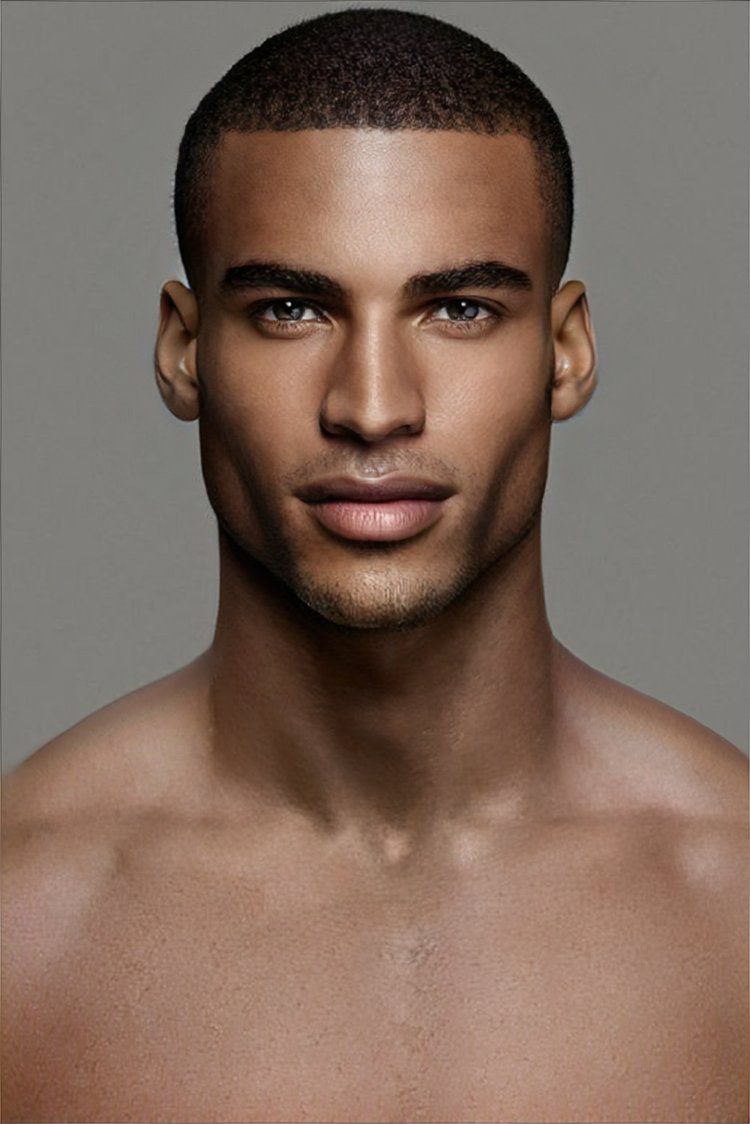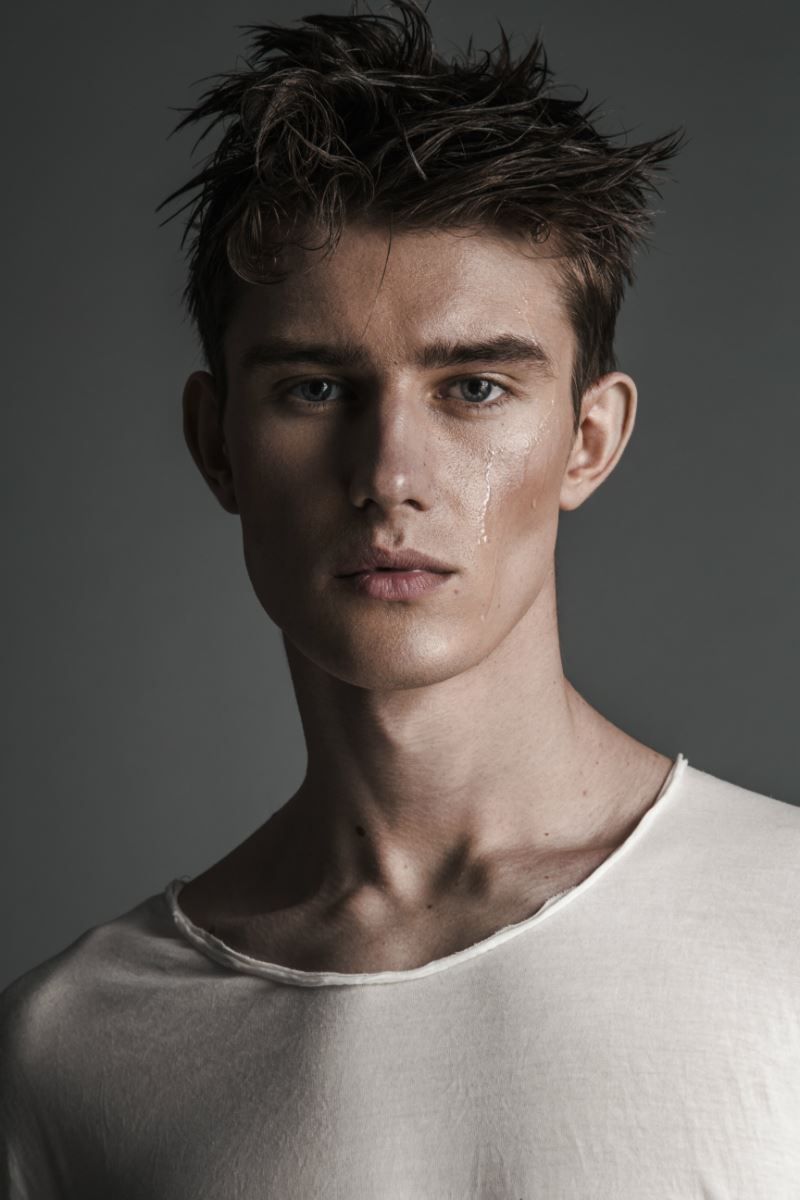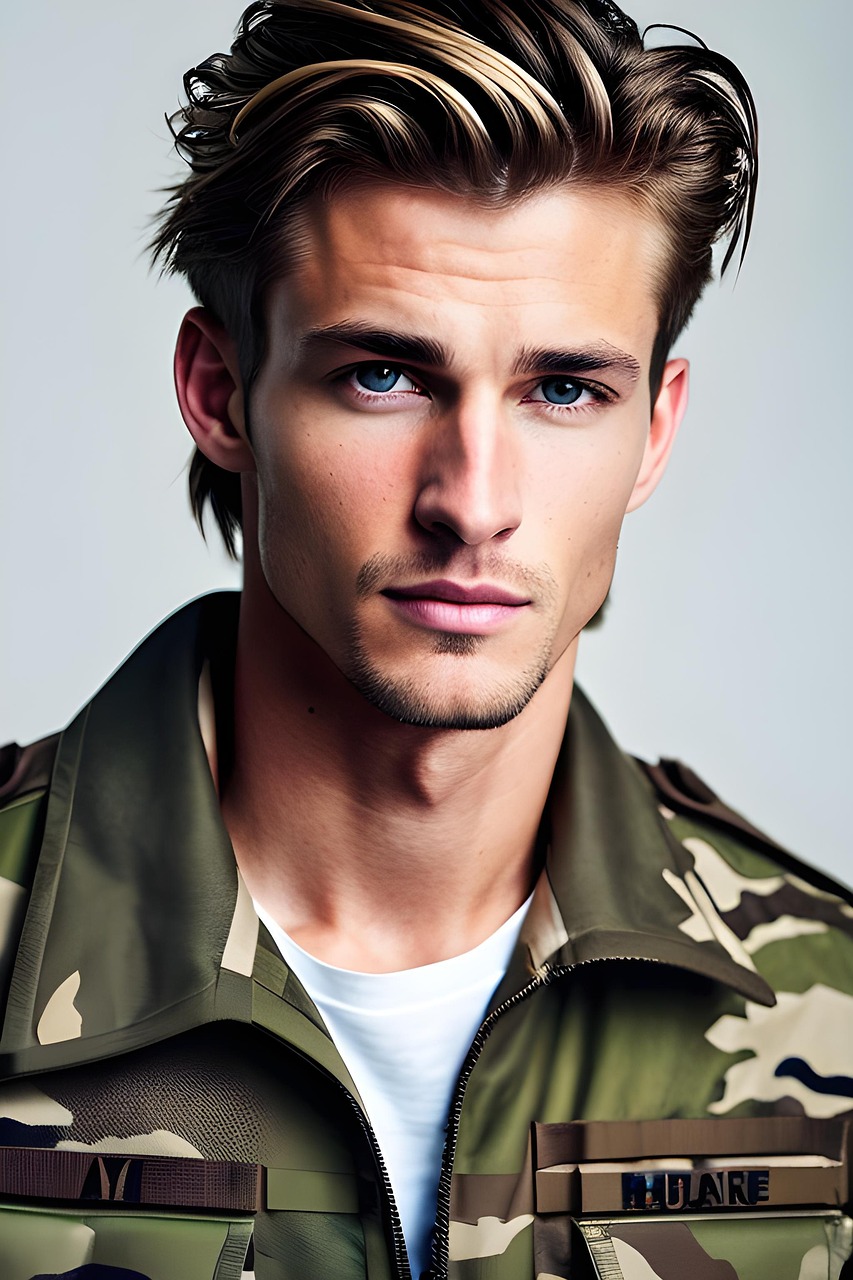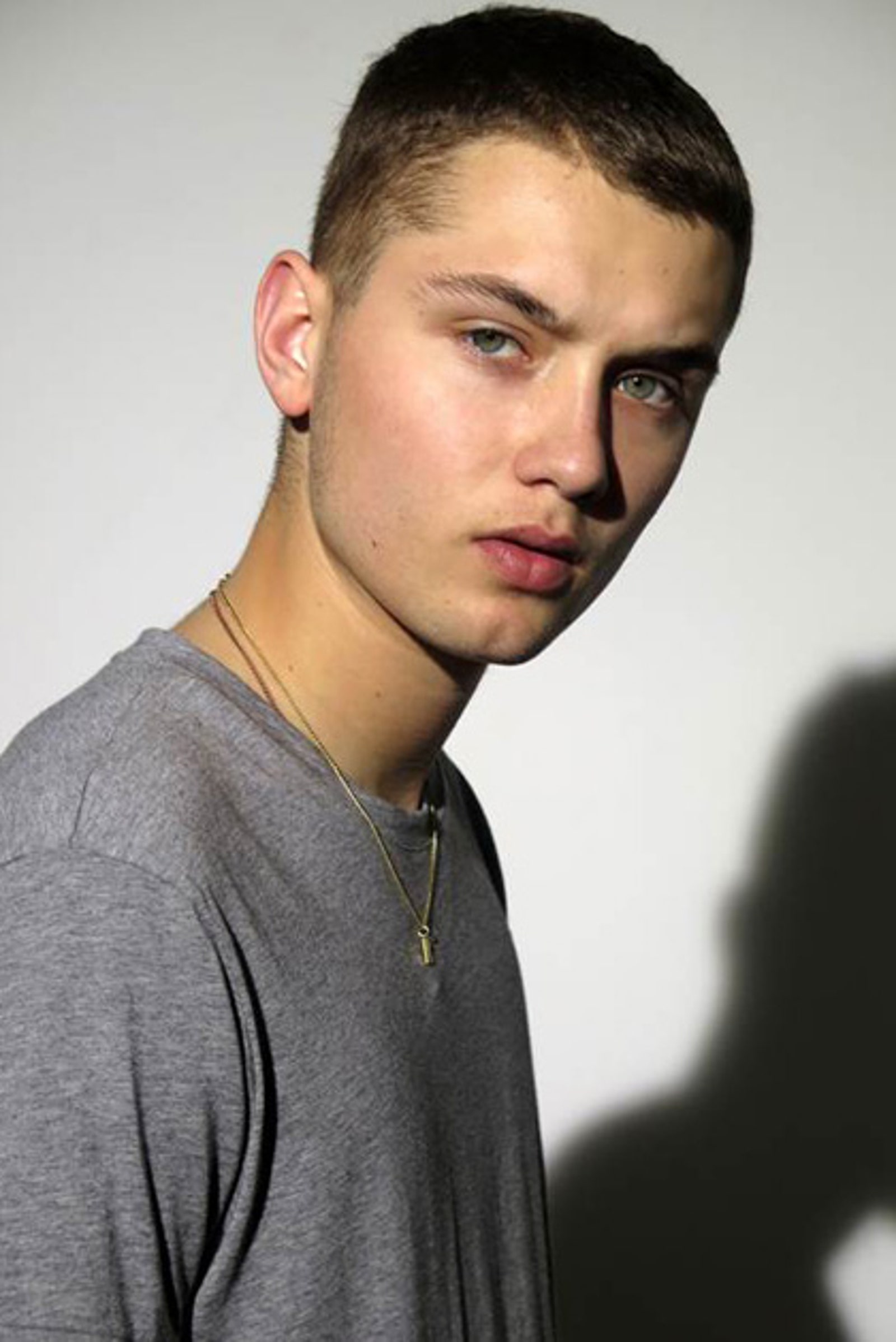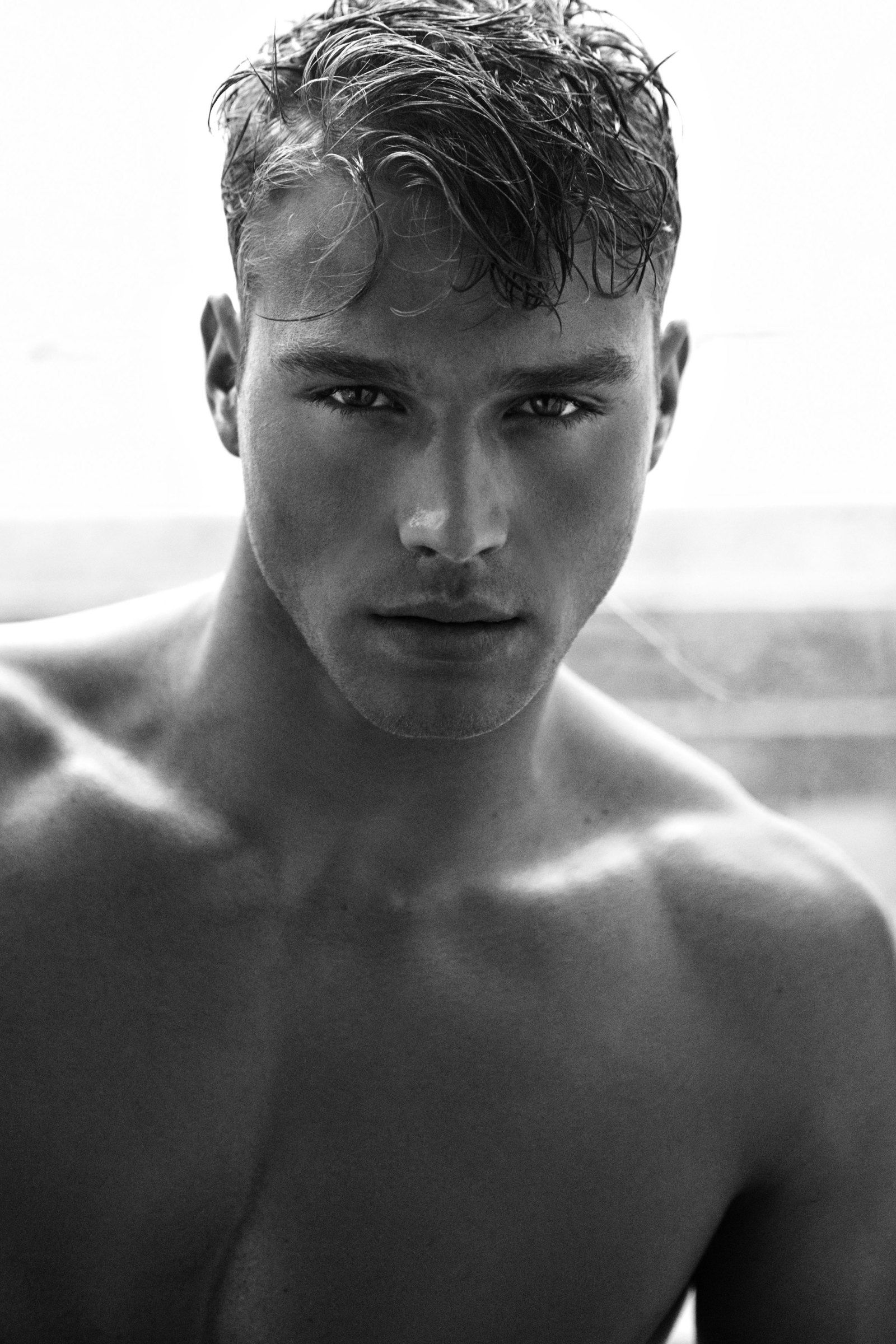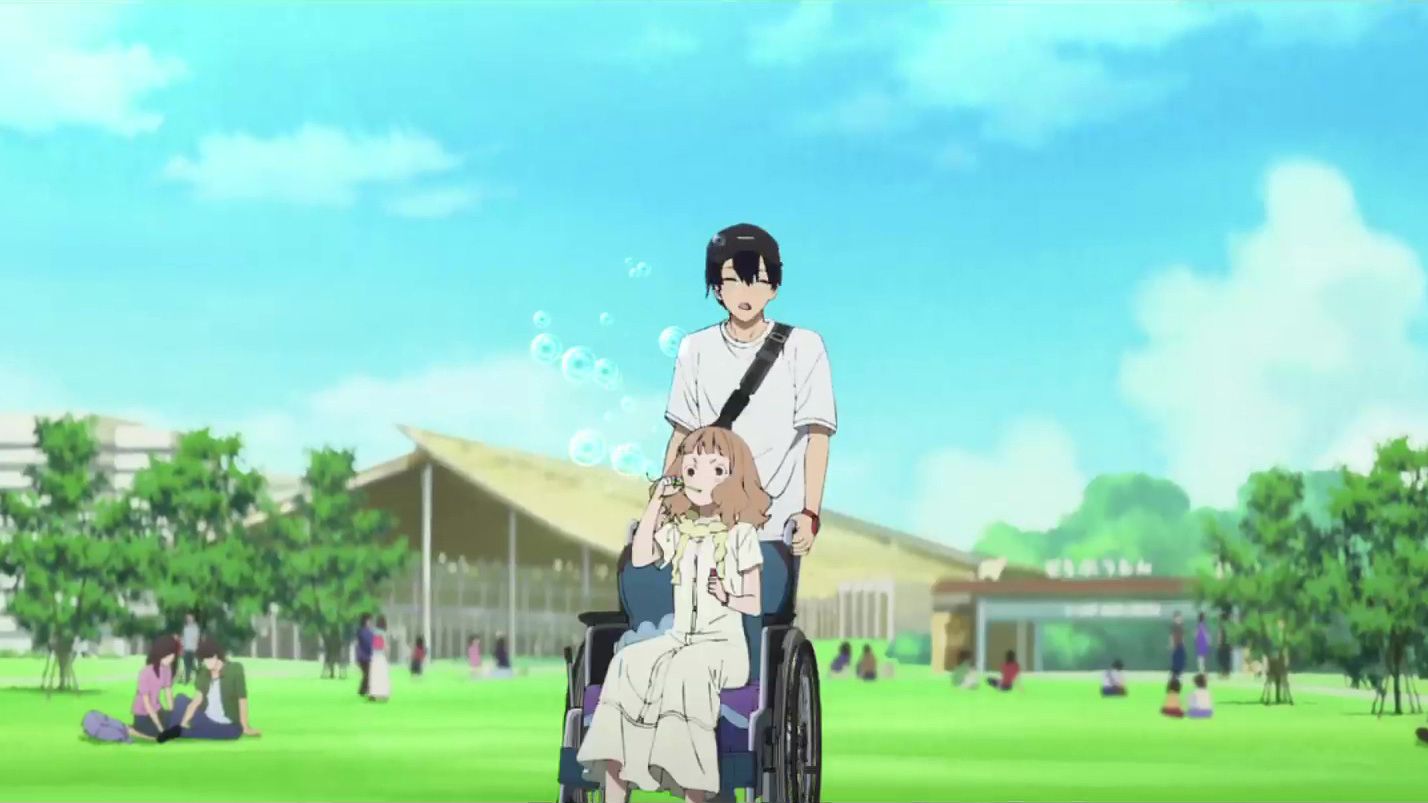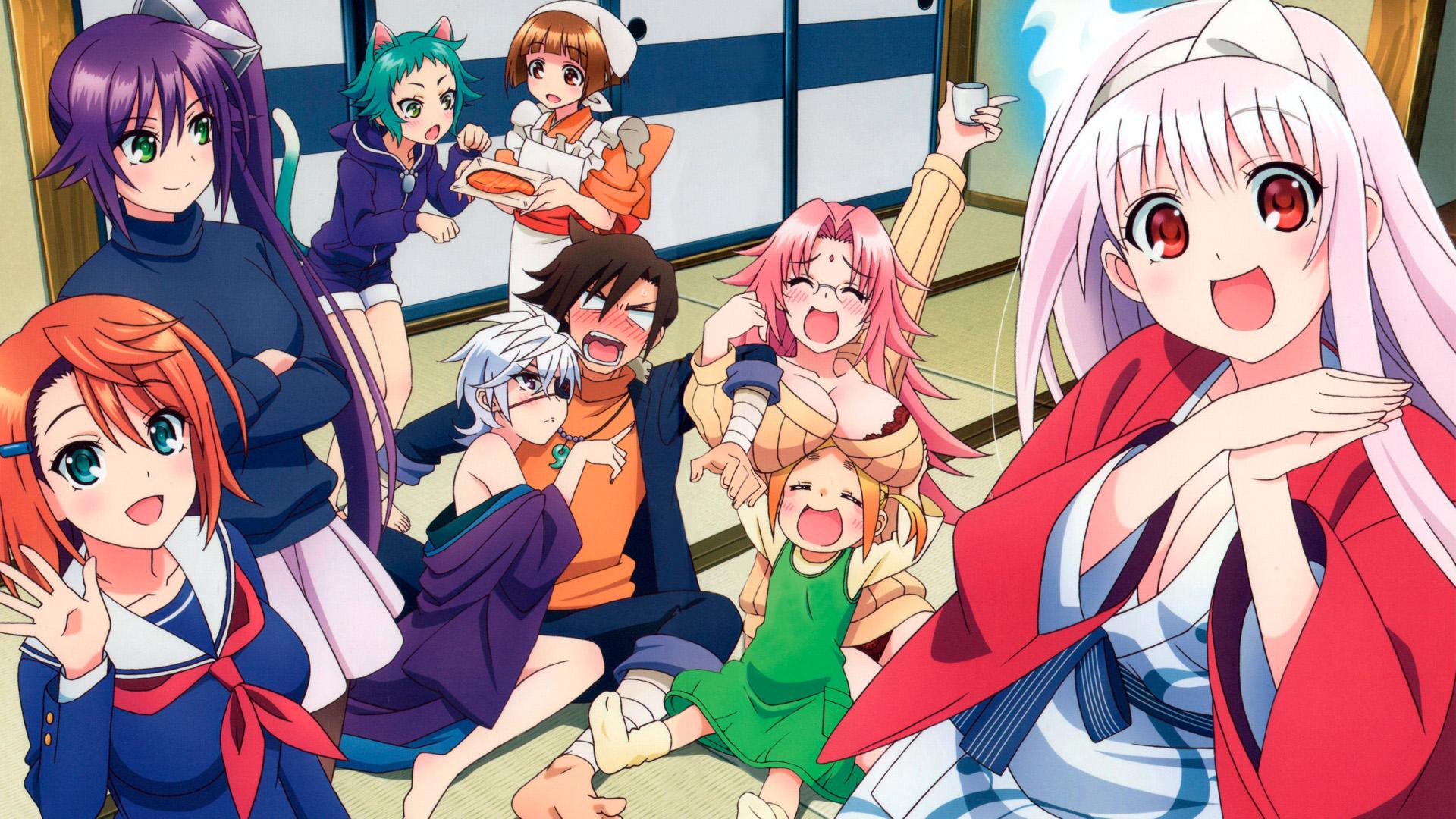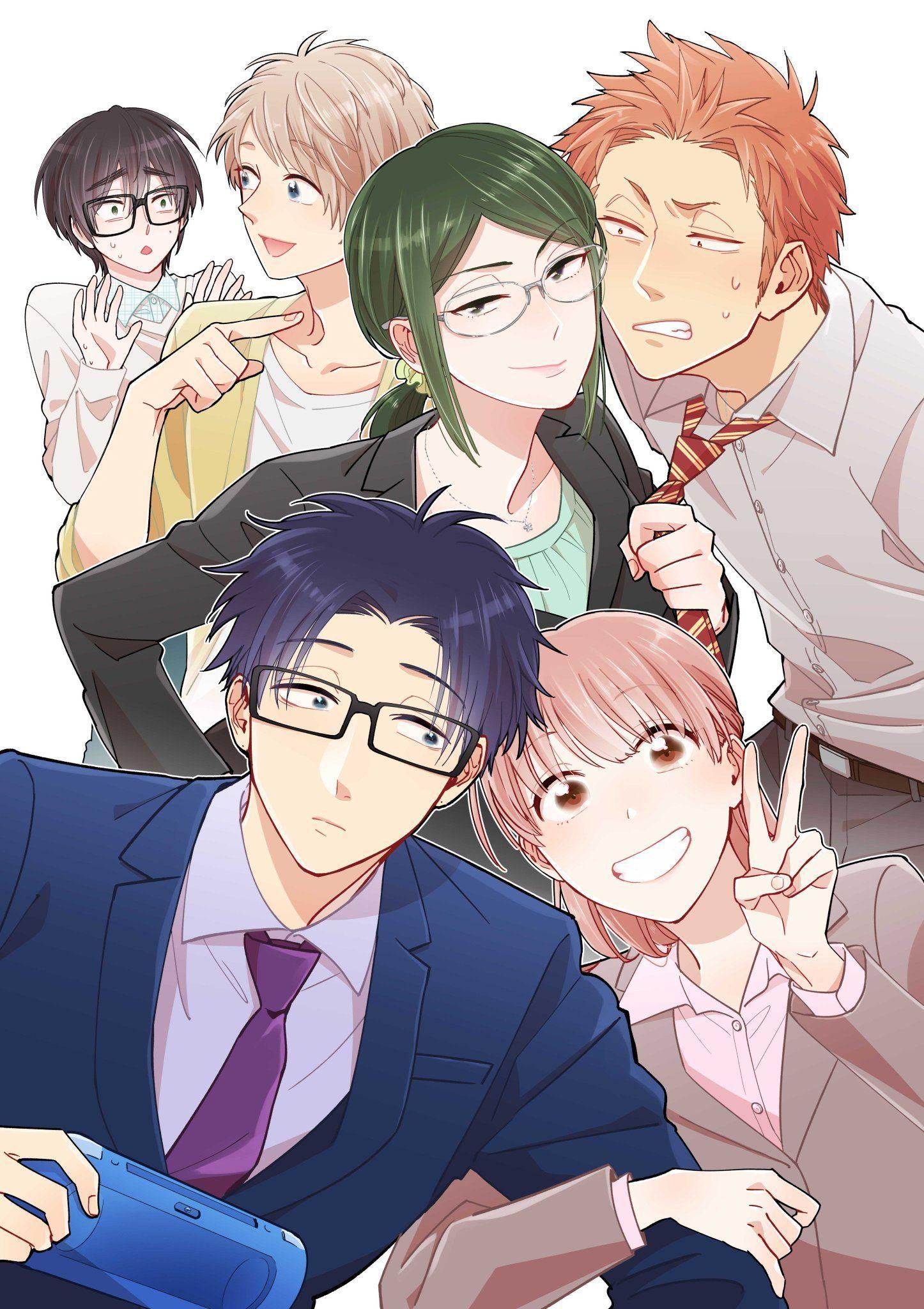Male Gay Characters in TV Shows: A History of Representation
Television has long served as a mirror reflecting society, and the portrayal of male gay characters has evolved significantly over the decades. From groundbreaking but often stereotypical representations to nuanced and complex portrayals, the journey toward inclusivity has been a long and winding road.
Early Representations: Stereotypes and Subtext
Early depictions of gay men in television were often subtle, relying on coded language and stereotypes to suggest homosexuality without explicitly stating it. These characters were frequently presented as comedic relief, flamboyant, or tragically lonely. Shows rarely explored their romantic lives or personal struggles in a meaningful way.
A notable example, although never explicitly stated, is often attributed to Paul Lynde. His on-screen persona, known for wit and camp humor, subtly hinted at homosexuality to knowing audiences. However, these representations were often constrained by societal norms and censorship.
Even seemingly progressive shows often fell into familiar tropes. Gay characters were relegated to supporting roles, their stories serving as plot devices for straight characters rather than being central to the narrative. This lack of representation and nuanced storytelling contributed to a limited understanding of gay men in the mainstream.
Breaking Barriers: Groundbreaking Characters
As societal attitudes began to shift, television slowly started to embrace more overt and complex portrayals of gay men. This shift was often marked by controversy and pushback, but it paved the way for greater inclusivity.
One significant milestone was the character of Billy Crystal as Jodie Dallas on "Soap" in the late 1970s. Jodie was one of the first openly gay characters on a primetime network sitcom. While the show often used Jodie's sexuality for comedic effect, it also explored his relationships and struggles with acceptance, albeit in a sometimes-sensationalized manner.
The 1980s saw the rise of shows like "Dynasty," which featured Steven Carrington, a gay character struggling with his identity and family expectations. While Steven's character went through multiple recasts and storylines, his presence on a popular primetime soap opera was significant in raising visibility.
"Representation matters, and seeing gay characters on television helped normalize the idea that gay people exist and are part of society," said one commentator on LGBTQ+ representation in media.
The Rise of Nuance: Complex and Authentic Portrayals
The 1990s and 2000s ushered in a new era of television, characterized by more nuanced and authentic portrayals of gay men. Shows like "Queer as Folk," "Will & Grace," and "Six Feet Under" presented complex characters with diverse experiences and relationships.
"Queer as Folk," in particular, broke ground by depicting the lives of gay men in a raw and explicit way. While the show was sometimes controversial, it challenged societal norms and provided a platform for exploring LGBTQ+ issues.
"Will & Grace" brought gay characters into the mainstream, making them relatable and likeable to a broad audience. Will Truman, played by Eric McCormack, was a successful lawyer with a vibrant social life, challenging stereotypes about gay men.
"Six Feet Under" offered a more introspective and dramatic portrayal of David Fisher, a closeted funeral director struggling with his identity and faith. David's journey was often painful and complex, reflecting the challenges faced by many gay men.
Contemporary Representations: Diversity and Inclusion
Today, television features a wide range of male gay characters, reflecting the diversity of the LGBTQ+ community. From romantic comedies to dramas to superhero shows, gay characters are now integrated into various genres and storylines.
Shows like "Modern Family" have normalized gay relationships, presenting Mitchell Pritchett and Cameron Tucker as a loving and committed couple raising a family. Their presence on a popular sitcom has helped to challenge stereotypes and promote acceptance.
"Pose" has been lauded for its authentic portrayal of LGBTQ+ culture in 1980s New York City, featuring a diverse cast of transgender and gay characters. The show celebrates the resilience and creativity of the LGBTQ+ community, providing a platform for marginalized voices.
In the superhero genre, characters like Colton Haynes' Roy Harper on "Arrow" and Russel Tovey's Ray Terrill / The Ray from "Crisis on Earth-X" have added much needed LGBTQ+ representation.
Furthermore, shows like "Love, Victor" continue to explore coming-of-age stories with gay protagonists, resonating with younger audiences and offering positive role models.
Challenges and Future Directions
Despite the progress made, challenges remain in the portrayal of male gay characters on television. Stereotypes persist, and representation is not always inclusive of all segments of the LGBTQ+ community. There is a need for more diverse stories and perspectives, particularly from marginalized communities.
"We need to see more gay characters who are not defined solely by their sexuality," said a leading voice for gay right activist, Neil Patrick Harris. "We need to see them in all aspects of life, as complex and multifaceted individuals."
Moving forward, television has the opportunity to continue pushing boundaries and challenging societal norms. By embracing diverse voices and perspectives, television can create more authentic and inclusive portrayals of male gay characters, further promoting understanding and acceptance.
The evolution of male gay characters in television reflects a broader societal shift toward greater inclusivity and acceptance. While the journey has been long and winding, the progress made is undeniable. As television continues to evolve, it has the potential to play an even greater role in shaping attitudes and promoting equality.

